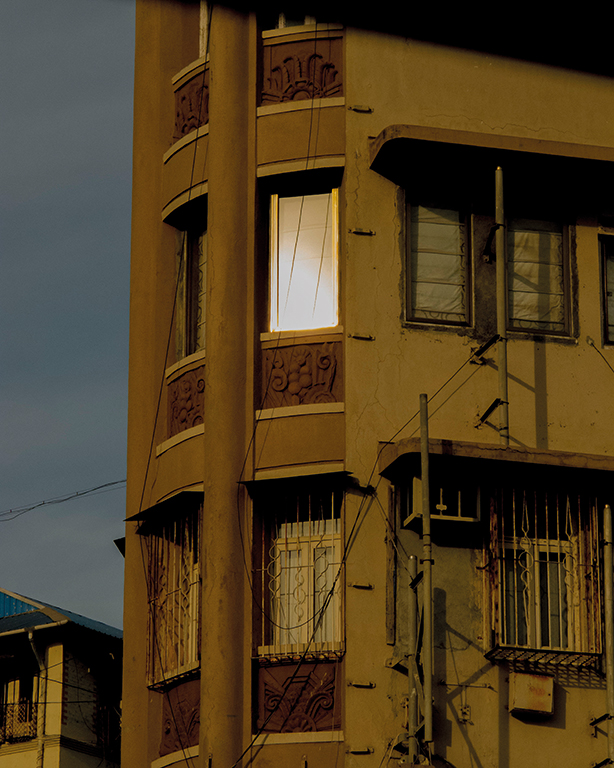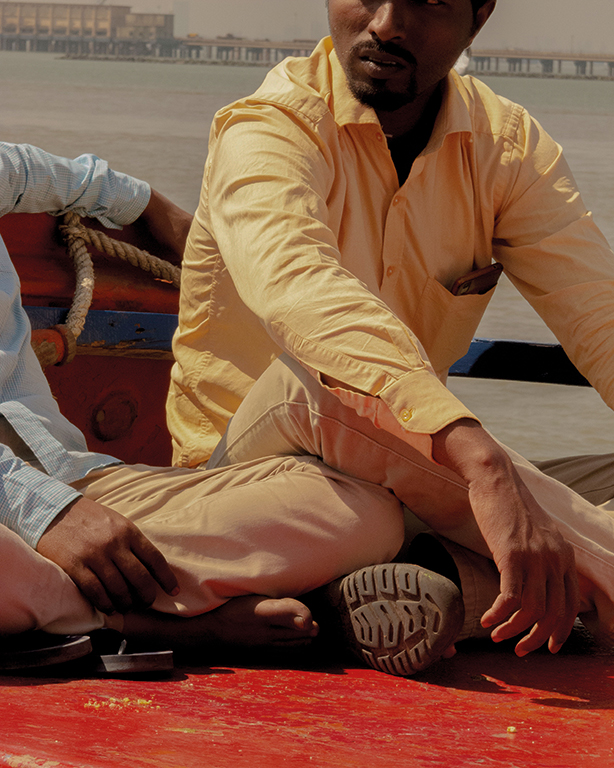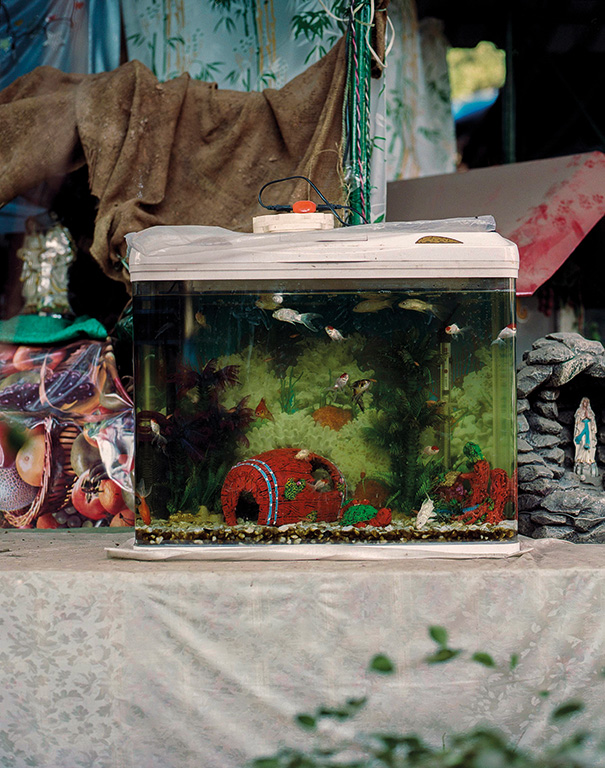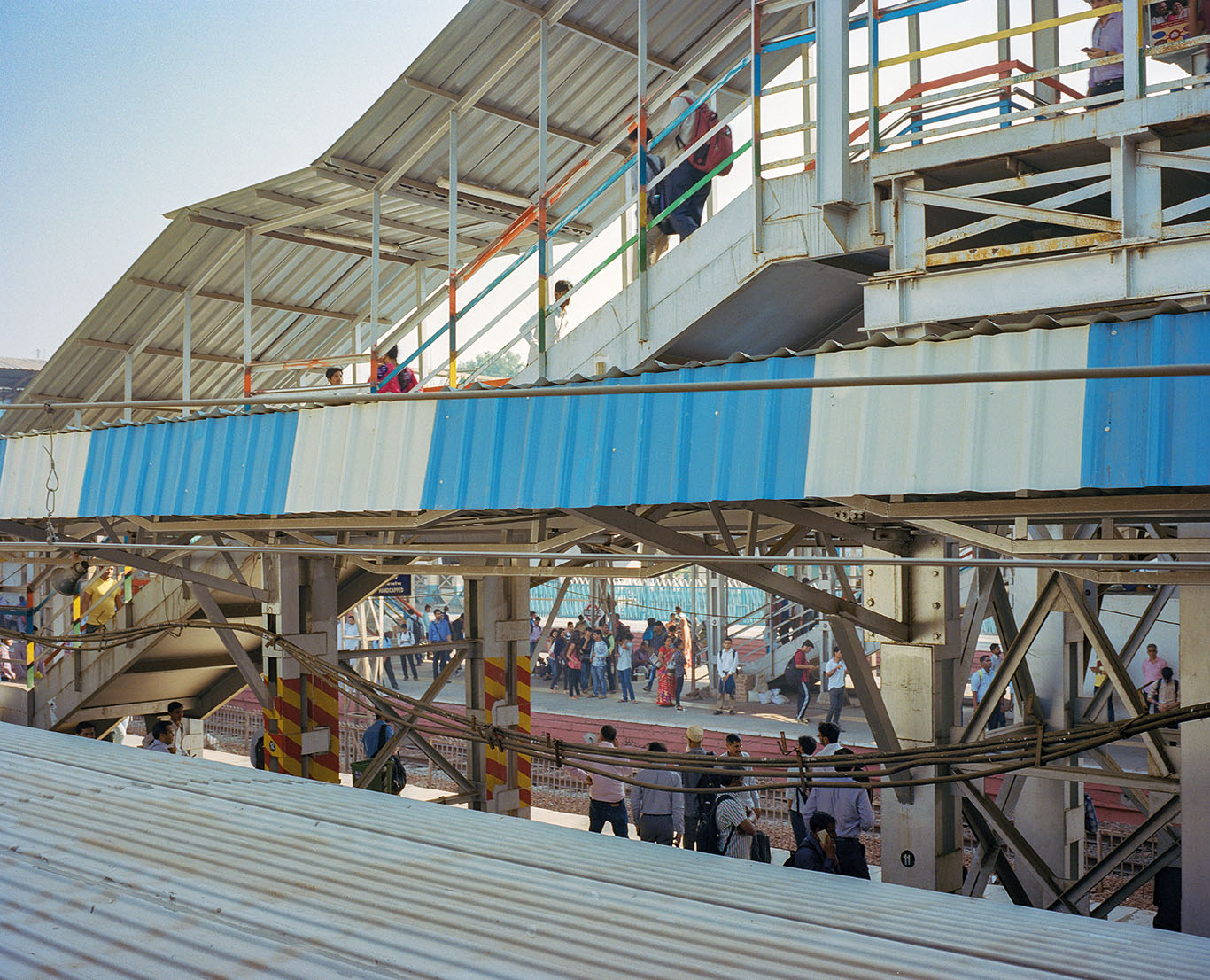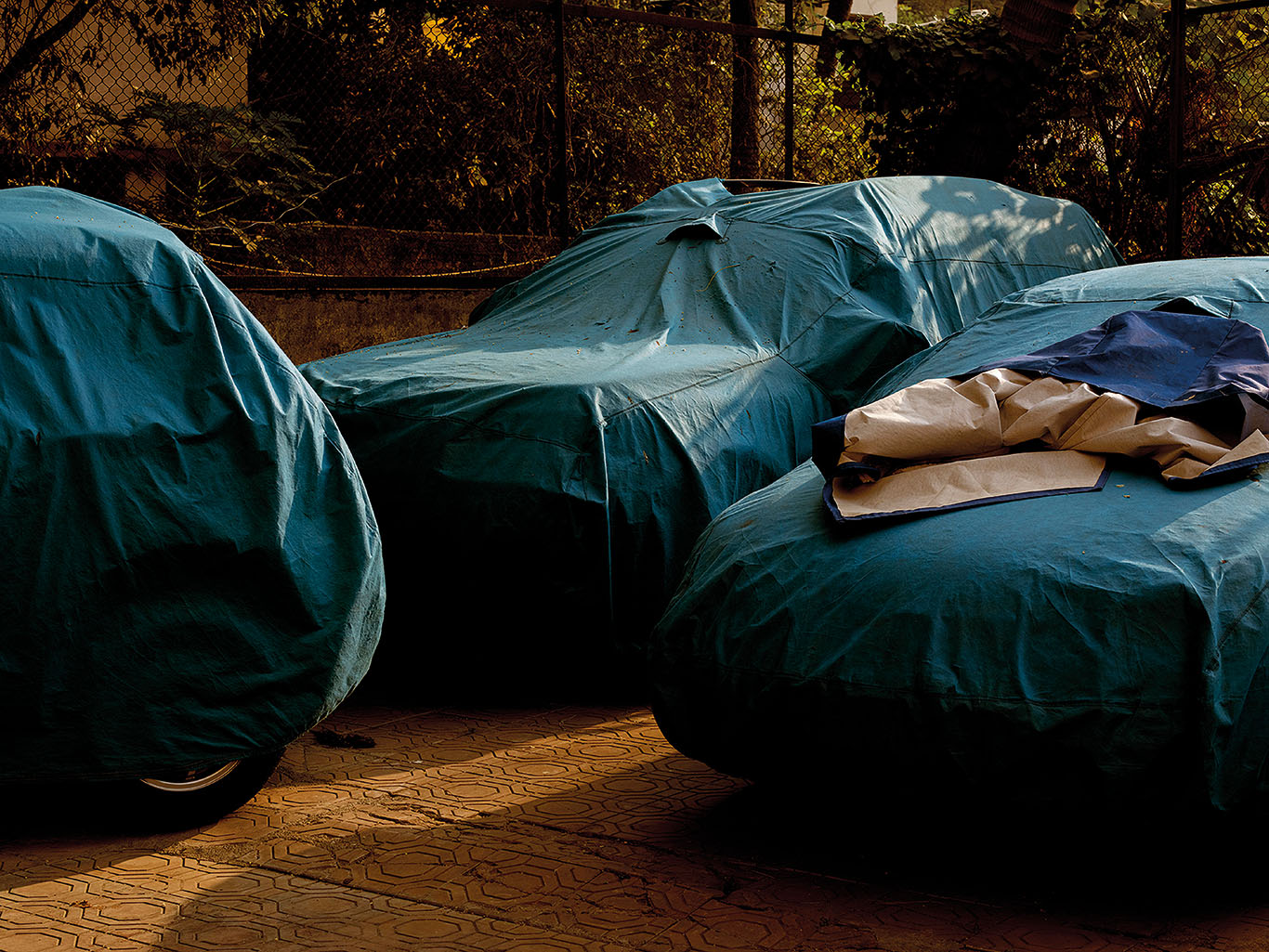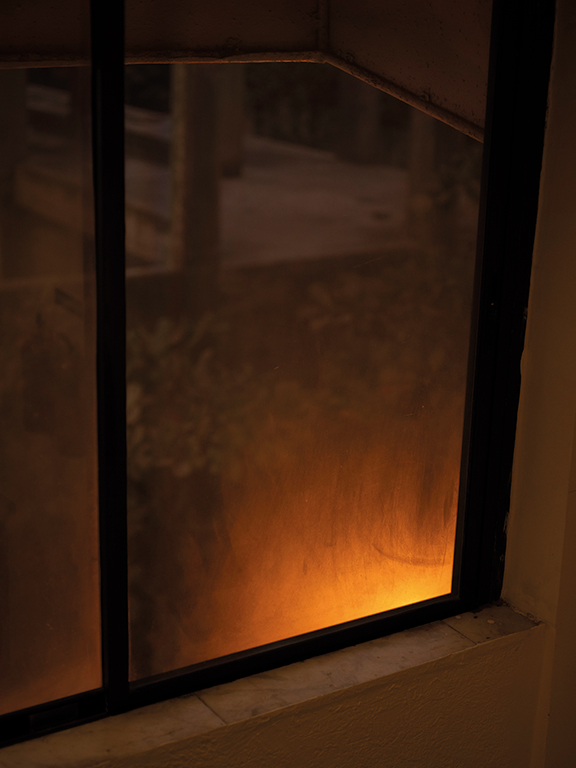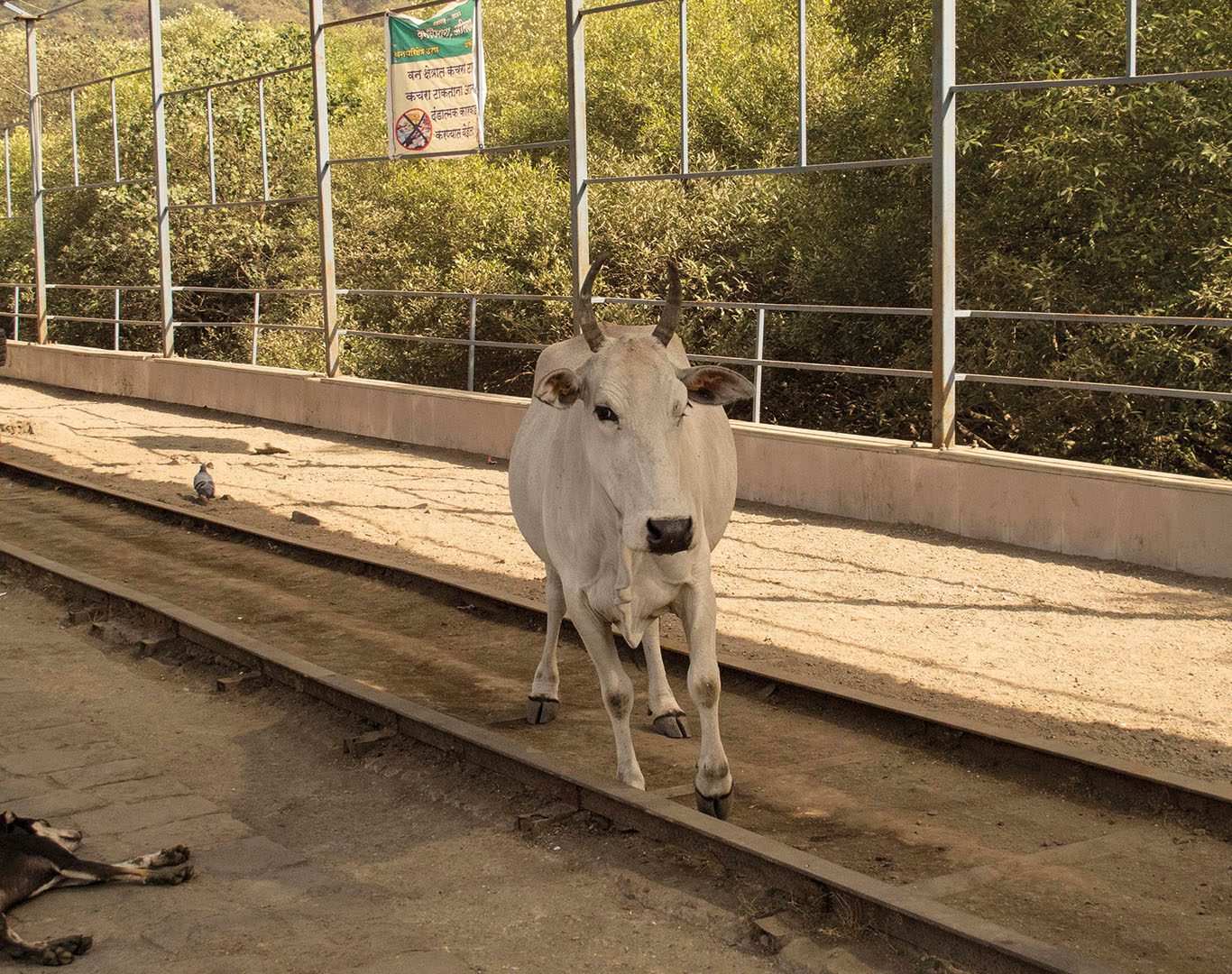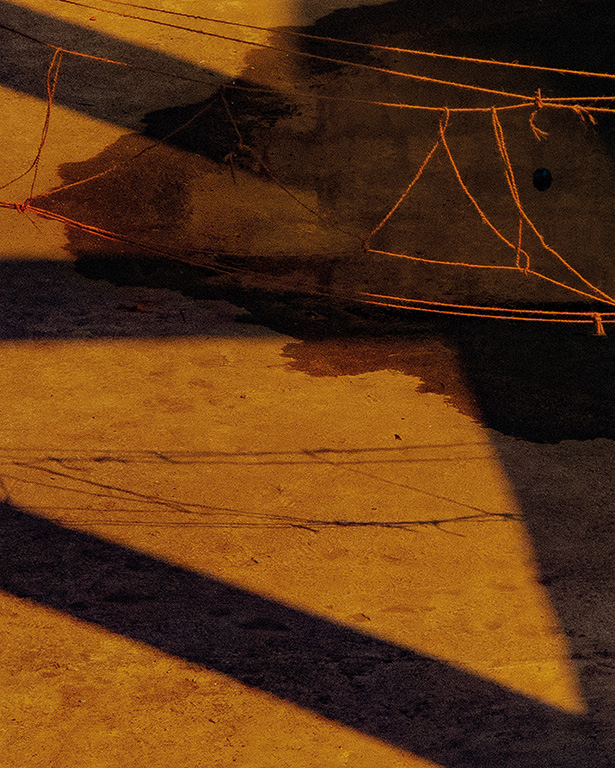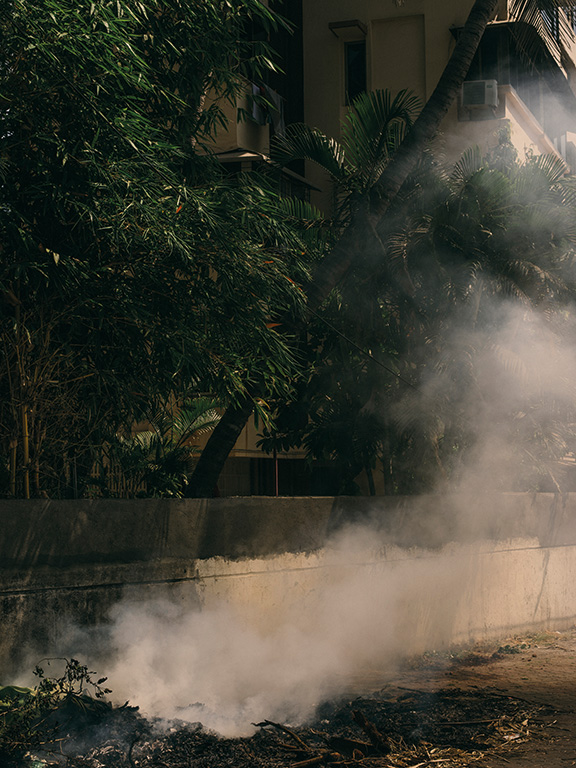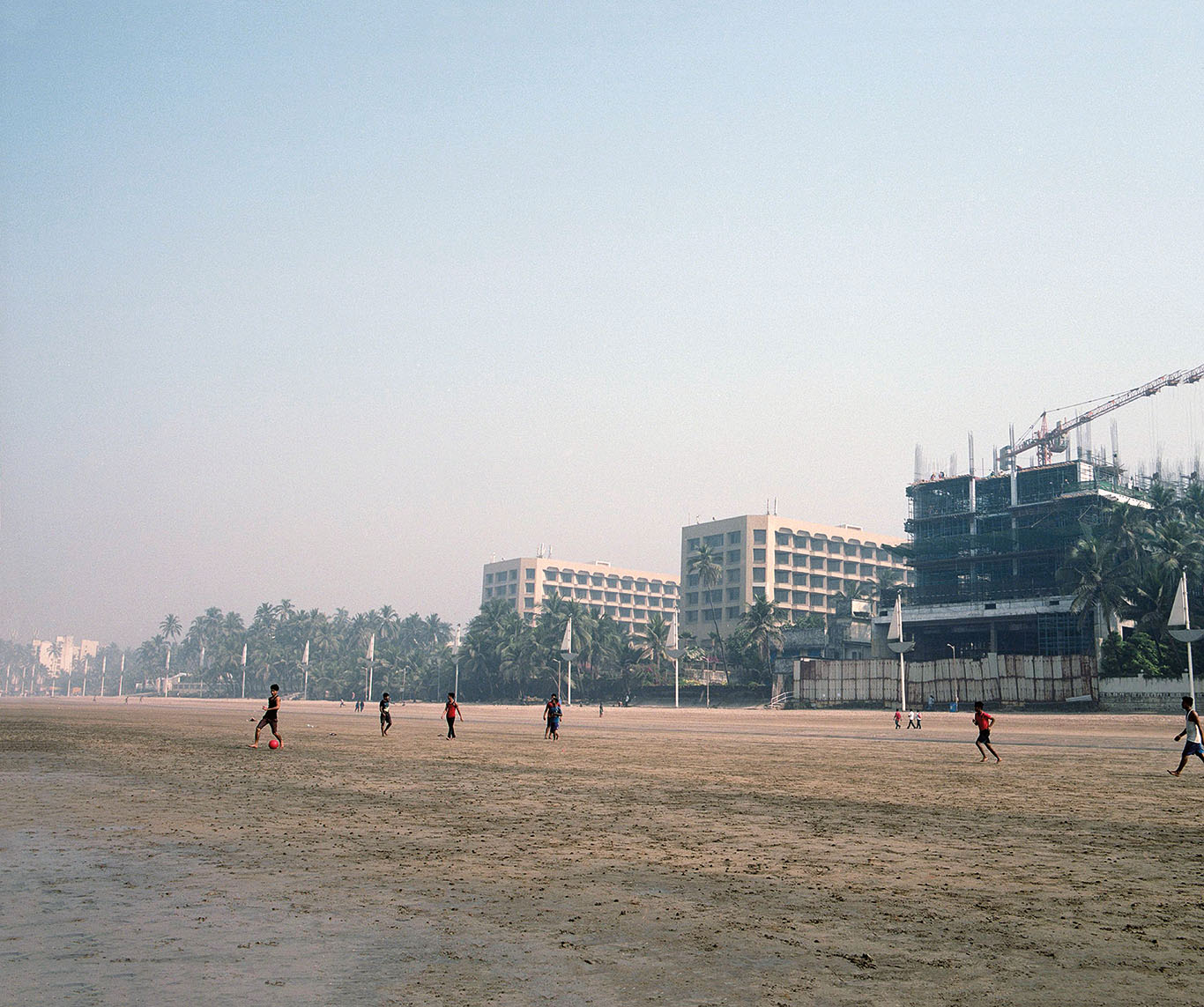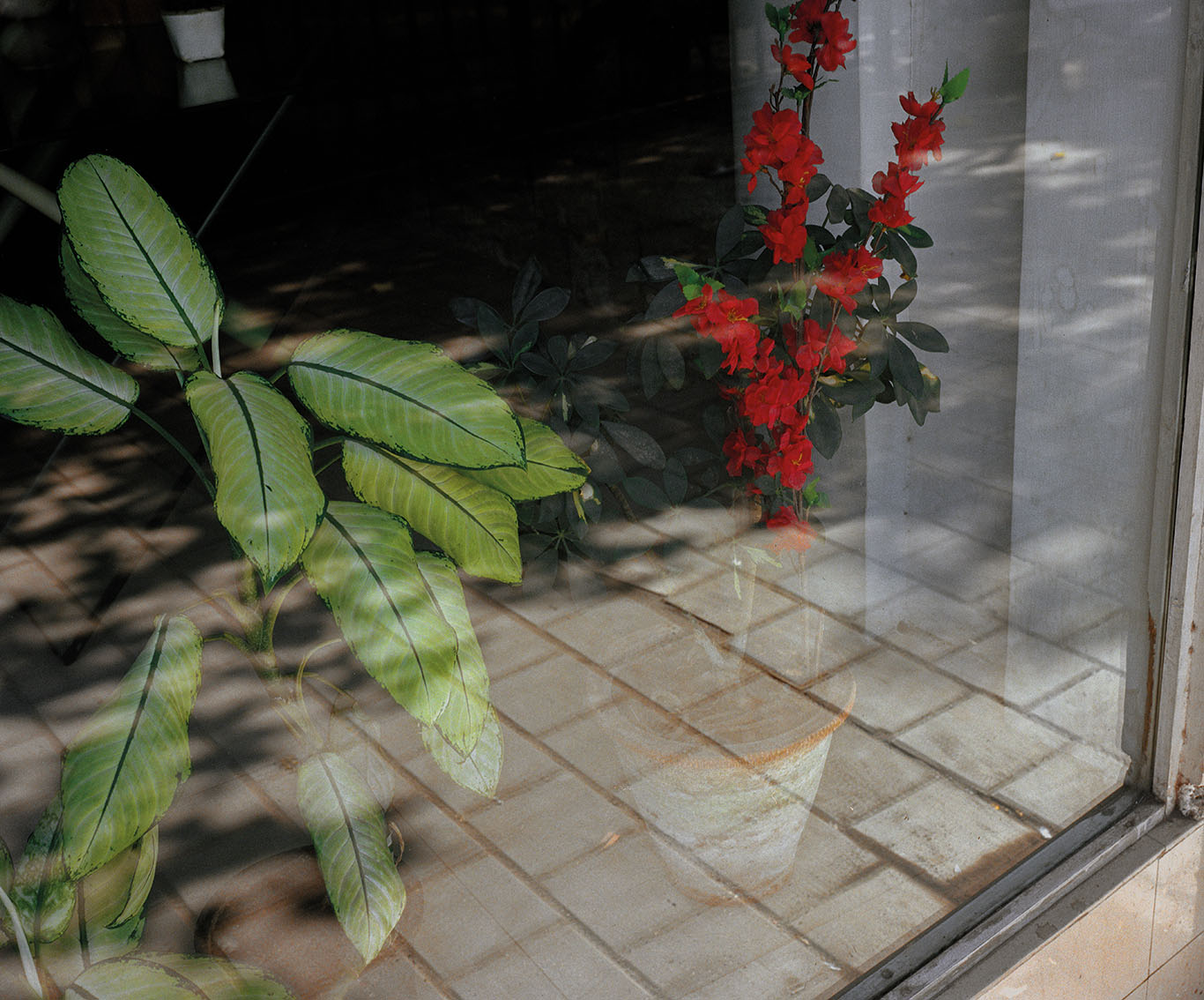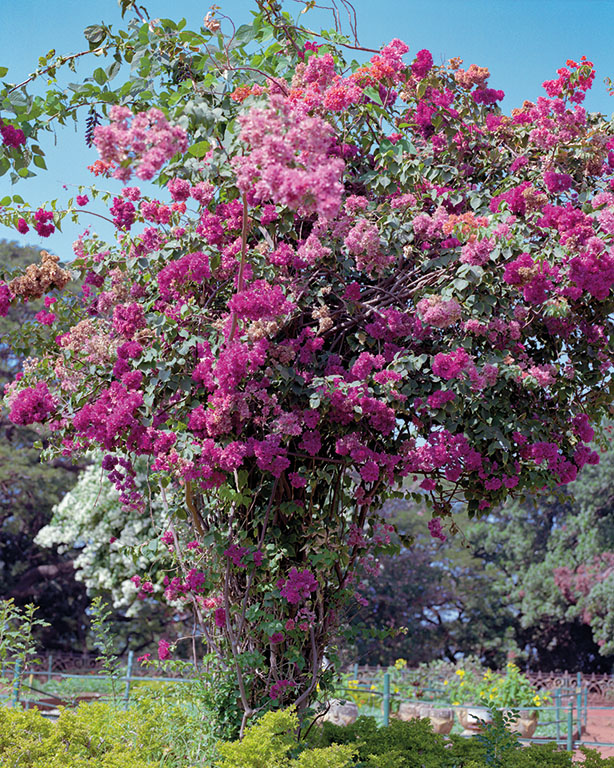In November 2022, Granta’s photography editor Max Ferguson spoke to Kalpesh Lathigra about his photoessay ‘City by the Sea’, which documents his relationship with the city of Mumbai.
Max Ferguson: How did this project begin?
Kalpesh Lathigra: I was on a commission for Die Zeit; a road trip from Glasgow to Calais before the Brexit referendum. I was born in this country, but my parents are from East Africa – Zanzibar and Kenya – and my grandparents left India from the state of Gujarat in the late 1940s. That road trip made me question what home was. I experienced racism, and saw racism. It made me think about what had happened to this place that I called home. I remember driving back into London, feeling relief that I was home, but then I began to wonder: what is home? I began to question the idea of nostalgia. Why did so many people vote for Brexit? Were they nostalgic for a lost time? What were they yearning for? And what was my nostalgia? Why do I feel nostalgic about this country, India, that’s meant to be my home? Why do I long for this place?
I have two links with Bombay. One is that I have always felt at home in big cities, with their mix of people. More importantly, my grandfather ran away from home when he was fourteen and ended up living on the streets in Bombay for two years. He died when I was about four. I remember him: he’d take me to my nursery, and give me cups of tea on a saucer, and blow it cool for me. And he had travelled a lot: from Gujarat to Bombay, and then on to Rangoon, now called Yangon, which is the largest city in Burma. From Rangoon he went to Karachi, then Nairobi, then the UK. The travel that I do, as a photographer or an artist, connects me with my grandfather.
I call it Bombay, by the way, because of nostalgia; I grew up with that name. But Mumbai is the original name from the Maharashtra people who named it after Mumbadevi the goddess.
Ferguson: What does Mumbai feel like as a city?
Lathigra: When I was younger, I used to feel like a Western guy walking around with a superiority complex. It felt uncomfortable. But now, I feel more comfortable about my position in that place. I recognise my privilege, and that some people there are going to see me as a brown sahib, which is a hangover from colonial days. If you were a sahib, a white sahib, you were treated with respect, because you were from the mother country. Even today, because I’m a foreigner, I have that privilege; my class transcends. In the UK I’m working class, born working class, but in India I am not. I’m treated as a middle-class Indian, but I have the privilege of a British passport too. I also have a different way of talking to people.
London and Bombay aren’t actually so different. If you take out the congestion and pollution, and some of the rough-and-ready infrastructure, many things are literally the same – shiny buildings, mirrored finishes, aluminium, whatever. The restaurants, except for the brown people around you, could be in Canary Wharf: you can order craft beer, and food from everywhere, Portuguese, British or Mediterranean. The homogeneity of cities is a form of madness, but it’s also comfortable because it’s a recognisable madness.
Ferguson: You’ve worked as a documentary photographer and a news photojournalist, you’ve been embedded with the British Army in Afghanistan, and you’ve taken portraits of celebrities for some of the world’s largest magazines. How does this new work fit into the context of your long career?
Lathigra: I’ve always believed in evolution of practice. I was a press photographer for a good ten years, and something stopped me from doing more of that. I wanted to move away from the position of neutrality, and start telling stories from the subject’s point of view, rather than from an objective view. Maybe it was just romanticism I was looking for, or maybe the truth – I don’t know where the line between those two is.
For me, this work is about freeing myself from certain ways of making photographs. Of course, there are still narratives within the photographs. But they’re all non-linear. In the old days, you had a dot-to-dot path in projects. One picture would lead to another, and you hoped that would tell a story.
Somebody could read this work as a series of single images, or they could relate to them in their own way and put together their own path through the work. It’s about not being trapped by structure. My practice has evolved to the point where I’ve let go. I’ve allowed myself the freedom to make photographs, to tell stories I want to tell.
Before my book Lost in the Wilderness, I made quite traditional black-and-white work. I had struggled with colour photography all my life. Then I found myself sitting in the Tate Modern in London, staring at a Rothko, trying to work out how he gets so much emotion on the canvas.
I moved away from a very stylised form of reportage to a more basic way of working, with only two cameras. But the most important thing was doing proper theoretical research. Another factor was collaborating, working with people on the ground, asking questions and listening. Visually, I was influenced by the American colour movement, people like Stephen Shore, Alec Soth, William Eggleston and Mitch Epstein.
Ferguson: There’s a photograph in this series of a wedding taken from a distance. I’m interested in what makes this photograph important to you, as I know you were pleased when we selected it.
Lathigra: I enjoyed seeing somebody start a new life. That moved me, because I was miserable, and melancholic. When I’m making photographs, I’m often in a depressed state of mind. Somebody else having a moment of celebration allowed me to put aside my own fragility.
It’s an anonymous moment. A celebration in the middle of this mad city. The fireworks have gone off, people are hanging around, and there’s smoke in the air. A mythological moment, but it’s hidden. I think it’s just a simple joy.
Ferguson: It’s so clear that you’re watching it as a stranger. There’s no pretence that you’re part of it. And I guess that’s one of the things that photographs do so well: allow us to be the outsider.
Lathigra: Absolutely. There’s a voyeurism too. And I don’t have to be part of it. I’m watching something unfold in front of me. But I don’t feel completely dislocated from it either. It’s much more of a tableau going across, you’re noticing all these little moments that we all recognise within ourselves – they are there to be deciphered.
Ferguson: I’ve got another for you to decipher. The photograph of the cow and the train tracks.
Lathigra: That’s an overtly political picture. I made that photograph as a statement about what’s going on in India. People are being lynched for allegedly eating beef, and the current government are constantly pushing ideas of Hindu nationalism. I wanted to make the image overtly uncomfortable. It’s a religious statement about India, but it’s also communicating a real unsteadiness.
I’m not a practising Hindu, but I was born into a Hindu family. We were told the cow’s milk is pure, the urine is meant to be holy, etc. Ghandi spoke about a cow being the mother of the land, and how it was holy. All those things converge in this photo. It’s about how a symbol can inflame people to such a degree that they are willing to kill over it.

